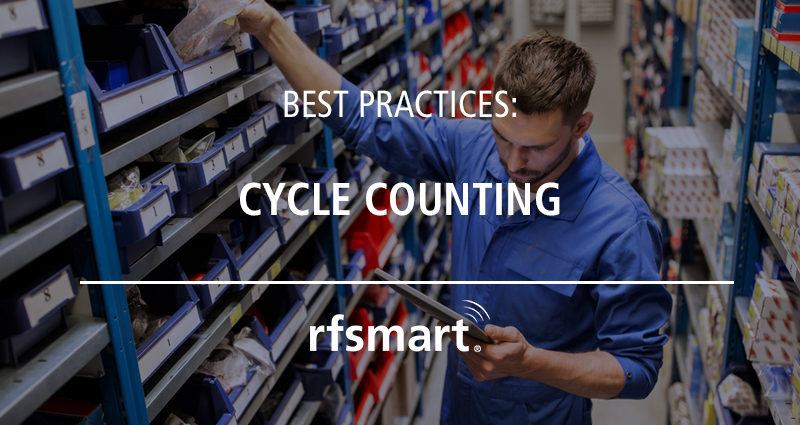

If you have an inventory cycle count program in place and can show that every item/bin has been counted each year, then you are probably excused from this event. If not, let’s look at the top things you should do to prepare.
1. Get a head start on Overstock items
If you are in a warehouse or a store, you probably have overstock that won’t be used until after inventory is taken. You can get a head start on counting by identifying what is in these boxes and making sure they are supposed to be counted. If they are not, mark these item/boxes clearly with “Do Not Count” so there are no questions on inventory day. For items that will be part of the count, count what is in the box, seal the box and then clearly mark the contents outside of the box. You can print an item barcode and clearly write the quantity on the box. Then on inventory day, all you will need to do is scan the item and enter the quantity - no questions asked.
2. Establish a strategy if not using bins
The next couple of tips will depend if you are using bins or not. If you have a warehouse with no bins (or only a couple of bins), you need to try to get items moved all in one physical location - or as close together as possible. In a store that cross-merchandises items, knowing all the locations in the store where this item is located will be critical, especially when trying to reconcile the count. For stores that use shelf tags, a color dot on the shelf tag can indicate that the item is cross-merchandised, which will assist in any recount.
3. A little bit of organization goes a long way
Two of the most overlooked preparations are having a clean cutoff of which items have not been received or shipped from NetSuite, and clearly marking these as “Do Not Count.” The other is to straighten up your warehouse or store. Walk the aisles; if something looks out of place, take care of it then. If you don’t, it will probably become an issue during counting, which will either create a counting mistake or unnecessary questions during the count.
Due to different physical environments, items, and personnel, there is no one strategy to ensure a perfect count. But here are some best practices that will certainly help:
A wall-to-wall count can be very beneficial when done correctly. You will find items and quantities that are not in NetSuite, some inventory that you simply cannot find, and others in locations or bins where you did not expect them. All of this will help you identify inventory processes that have been incorrect during the year and put in procedures to correct these for next year. And after you have a successful physical inventory count, you can then start the process of weekly or daily cycle counting, so that in the future you may be able to avoid the dreaded season of physical inventory counting.
Get a monthly recap of our latest Educational Content.
© 2025 RF-SMART. All rights reserved. Privacy Policy